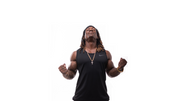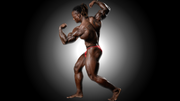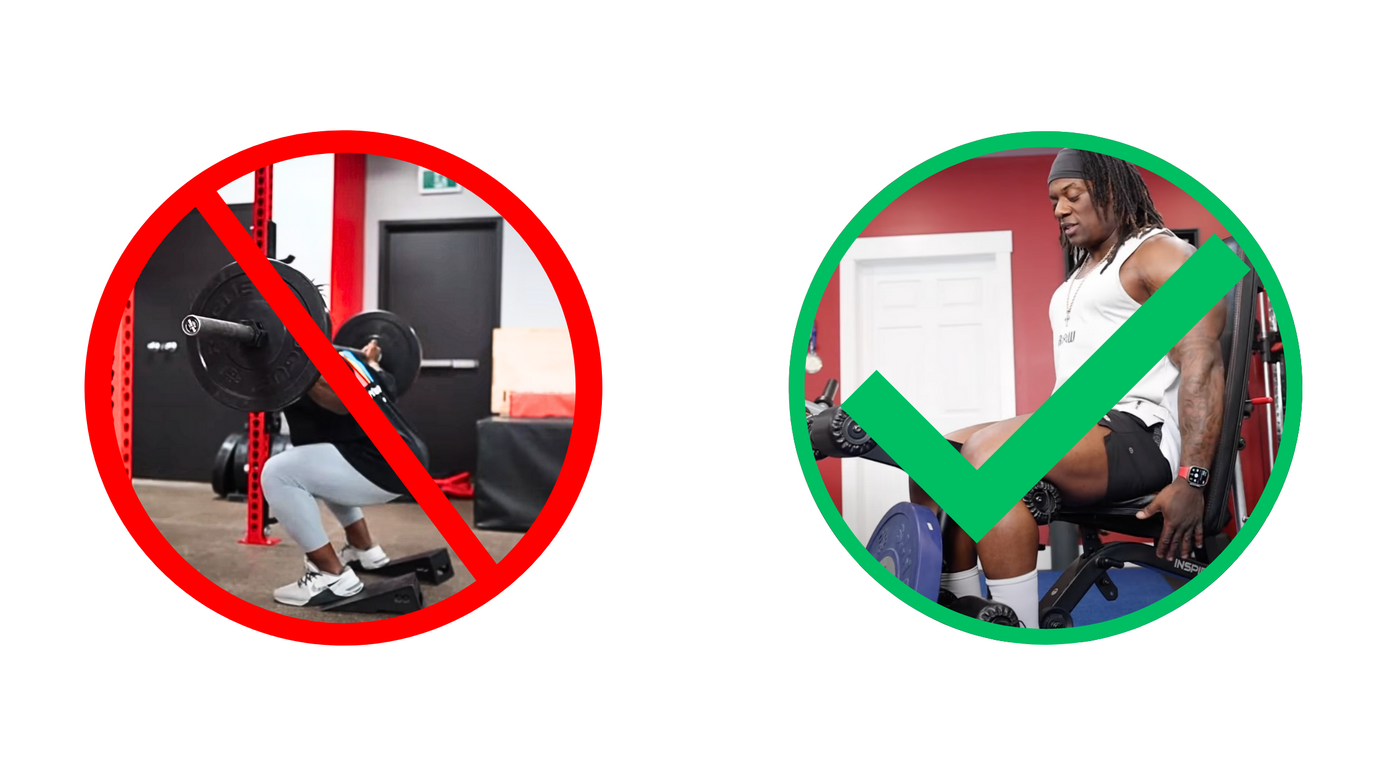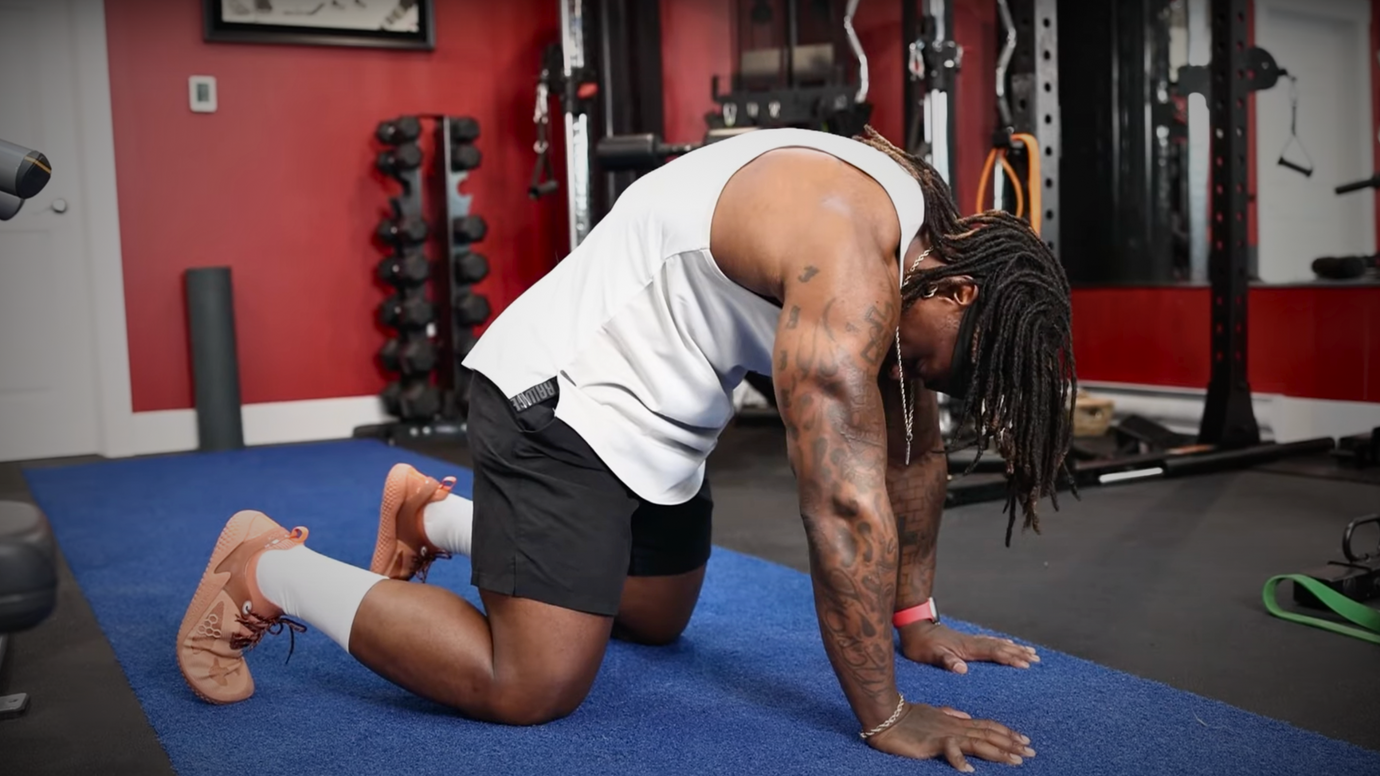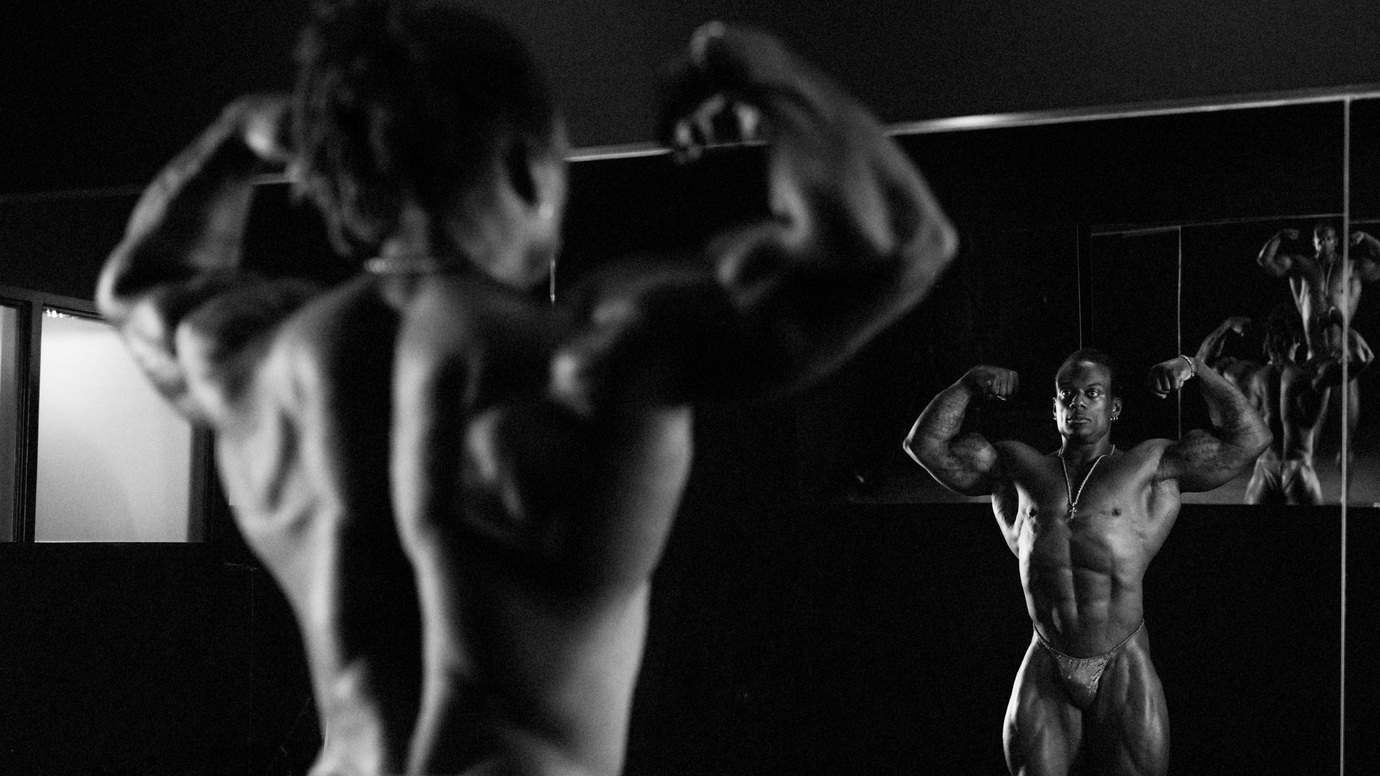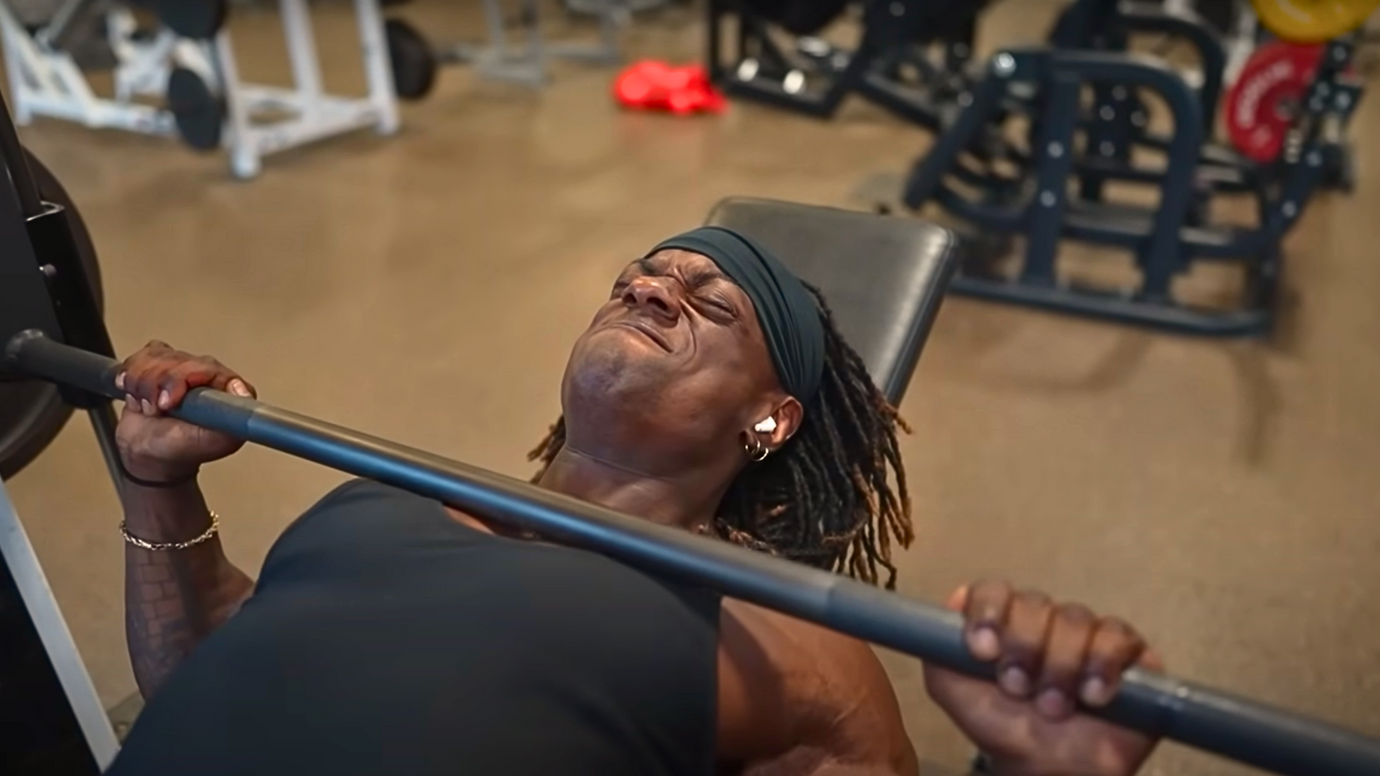A Scientific Approach to Back Training - How to Build a Powerful Back
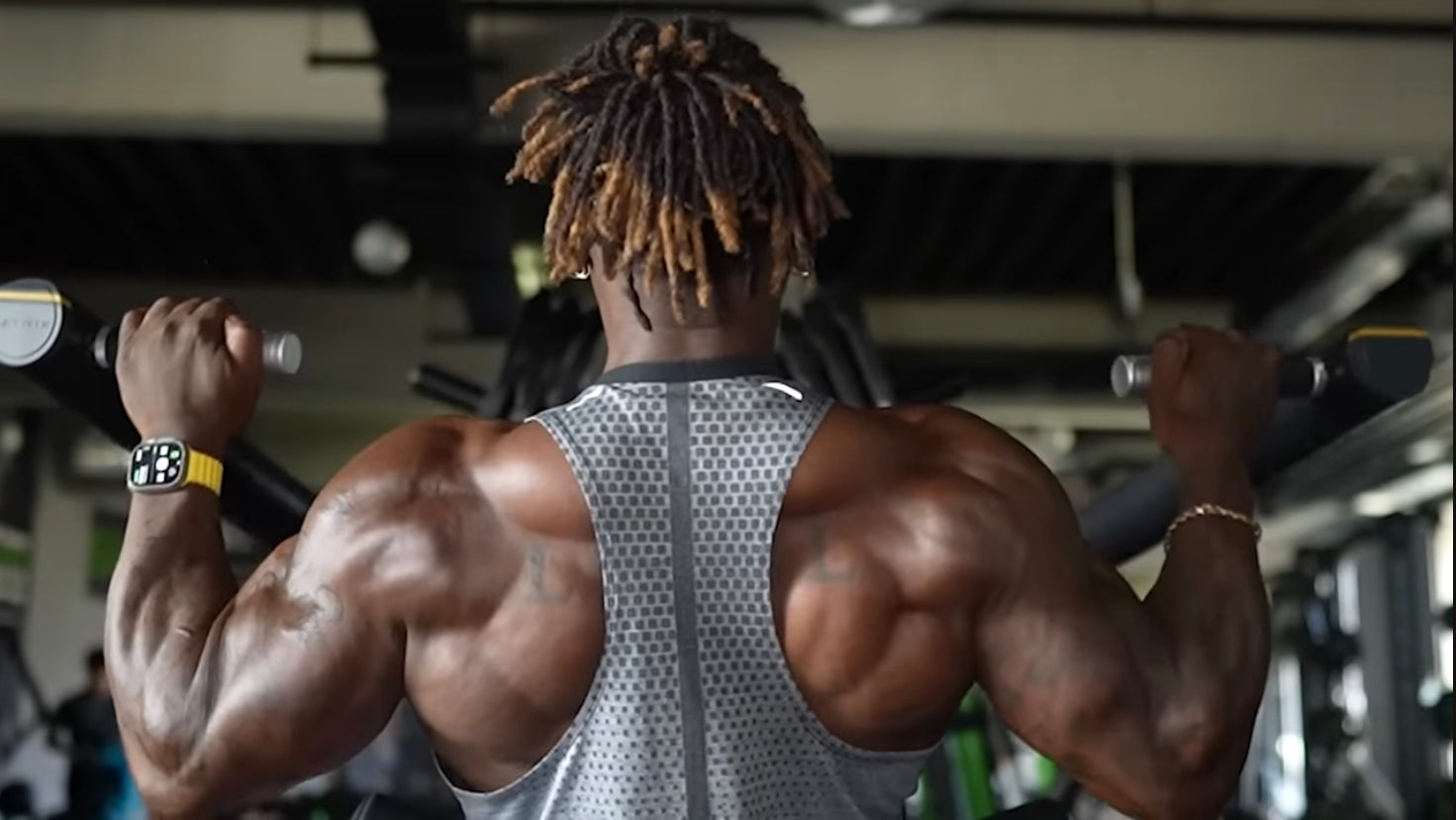
Are you struggling to build your back? If you are, you’ve come to the right place! Building muscle isn't about lifting the heaviest weights or spending hours upon hours at the gym. The key lies in the way you approach your training.
In this blog post, we're gonna talk about how to scientifically train your back to get the best results possible. You'll learn all the tips and tricks to train effectively and efficiently, so you can build your dream physique.
Watch this video⬇️ to hear me break down these concepts.
Otherwise, read on.
Our backs aren't just about one muscle; they’re a complex network of different muscles working together.
Understanding how these muscles function and interact is crucial in developing a training regimen that strengthens and develops the whole back.
So, let's dive in and start building some serious muscle!
A Scientific Approach to Back Training

Step 1) Exercise Selection
The exercises you select can make the difference between whether you grow or not.
These exercises should target muscle hypertrophy, which is essentially the process of muscle growth.
Some of the best exercises for hypertrophy include Pull-Ups, Rows, Deadlifts, or Lat Pulldowns.
These exercises target multiple muscles in your back, including the lats, traps, and rhomboids.
The exercises you select need to do two things,
- Emphasize Stretch
- Prioritize Range of Motion and Volume

1.) Emphasizing Stretch for Back Development
Optimizing the stretch during a movement is one of the best methods to stimulate hypertrophy.
An interesting study by McMahon et al. (2014) shows just how important it is to focus on stretching for muscle growth.
They found that selecting exercises that allow for a full stretch optimizes muscle growth. So, when it comes to training your back, it's crucial to choose exercises that give you that deep stretch.
Movements like bent-over rows, High-Pulls, High-Rows are some of the most effective ways to emphasize your stretch because they provide a stretch from top to bottom.

2.) Prioritizing Range of Motion and Volume
Range of Motion refers to the act of moving as far as anatomically possible during an exercise. This is where that good stretch comes into play.
And to ensure a maximum range of motion for each repetition, your volume becomes important.
Volume includes factoring in the right amount of frequency, reps, and duration of the actual set. Finding the right balance in the percentage of your one-rep max will help you achieve the best results.
It's important to note that muscle can be built within a range of 30 to 85% of your one-rep max.
However, the lower the percentage, the longer it may take to see results while exceeding 85% may also require more time for progress.
I know, it sounds complicated. But once you have your program in place all that’s left to do is execute it.

Step 2) Finding the Perfect Balance
Make finding the balance of your one rep max a priority.
Again, the right balance is between 30% and 85%.
This balance ensures that sets can be sustained for longer durations, effectively challenging the muscles throughout.
Incorporate a 2-3-second negative tempo into your exercise routine. This will add an additional layer to your workout strategy. (Negative Tempo refers to the time in seconds it takes to lower the weight)
Find the perfect balance in reaching that load, preferably in the higher percentage range, to maximize the duration of each set.
Basically, we want our sets to last as long as possible while still challenging us throughout the entire workout.

Rep Ranges and Tempo:
Understand your ideal Rep Range.
Your range should probably be around 5-10 or 10-20 reps.
Tailor your rep range to the specific exercise you're performing.
Whether it's non-chest-supported or chest-supported movements, each exercise has an ideal rep range.
Once you know your rep range, it's time to dive into the concept of Tempo.
The negative phase of each rep should ideally take around 2-3-seconds. At the beginning of your set, you may find it easier to maintain a 3-second negative tempo.
However, as you progress through the set and expend more energy, the reps will become more challenging, and the negative tempo may reduce to around 2 seconds.
So, when I mention a 2-3-second negative, this is what I'm referring to.
By understanding and implementing these principles, you can maximize the results of your workouts.
-
As we know, the ideal rep range typically falls between 5 to 10 or 10 to 20. But why these specific ranges?
Well, when we maintain a controlled tempo, with a 2-3-second negative, performing a lower number of reps allows for optimal time under tension.
The 5-10 rep range is particularly beneficial for exercises that require stability and engagement of supporting muscles, such as Pendulum Rows, Bent-Over Barbell Rows, and One-Arm Single Dumbbell Rows.
These movements rely on your own body for support, and attempting to perform a higher rep range, like 10 to 20, may compromise form and endurance in these positions.
In exercises like these, we can focus on working with a higher percentage of our one-rep max.
For example, during a bent-over barbell row, it is recommended to use a weight that corresponds to approximately 70 to 85% of your one-rep max. With this load, you should be able to perform 5 to 10 reps, each with a controlled 2 to 3 second negative.
By following these rep ranges and tempo guidelines, you can optimize your training for effective muscle engagement and more growth!

Step 3) Progression Strategy
Progressive Overload isn’t just a concept, it’s a way of life!
And you need to have a progressive program if you want to see results. The goal is to push your limits while maintaining control.
This study published in the Journal of Strength and Conditioning Research, confirms the necessity of consistently pushing your limits in a controlled manner for effective muscle growth.
Incorporating one to two sets close to failure and completing 10 to 12 challenging sets per workout will lay a solid foundation for successful progression.
You want to push yourself while also being able to moderate your efforts.
This is done by,
- Aiming for 2 to 3 RIR or a 7 to 8 RPE as an intensity level gauge
- Including 1 to 2 sets pushing to an 8 to 10 RPE or failure
- Keeping other sets in the comfortable range of 2 to 3 RIR or 7 to 8 RPE
- Aiming for approximately 10 to 12 challenging sets per day
- Including at least one hard set in each exercise
- Striving to complete a total of 10 to 12 hard sets, between 3 and 12
These guidelines will help you optimize your training routine and progress effectively.

Step 4) Isolation
Although isolation movements can be looked down on as being "less effective", they can be an incredibly useful tool.
Isolation movements allow you to target any muscular imbalances and hit those smaller muscles in the back, like your rhomboids and rear delts.
These movements are going to help you develop a well-rounded and balanced physique.
Movements such as straight arm pull-downs or dumbbell pullovers, provide targeted hypertrophy for muscles that need to be isolated.
Isolation exercises should be performed with lighter weights and higher reps, typically in the range of 12 to 15 reps, for the best results.
And if you’re still unsure about what exercise to put into your program I’ve got you covered.
The 6 Best Exercises to Train Your Back
A strategic approach to your training involves a combination of compound and isolation movements.
Each exercise should serve a purpose in targeting different aspects of back development.
So, let's get into the exercises!

1) High Pull or High Row
For the first exercise, you have two options: a high pull or a high row.
For a high pull, you can choose an underhand or overhand pull-up, a machine high row, or a cable pull-down with an underhand, neutral, or overhand grip.
Now, when it comes to pull-ups or pull-downs, the main difference lies in the positioning of our arms.
During pull-downs, we perform shoulder adduction from the top to the bottom. On the other hand, high pulls involve shoulder adduction with the shoulders moving to the side.
Additionally, high rows focus more on shoulder extension and incorporate scapula protraction and retraction. This targets the rhomboids, traps, rear delts, and lats.
If you're training twice a week, I recommend including one of these exercises on both days. You can alternate between high pulls and high rows.
For example, on one day, you can do an overhand pull-up, and on the other day, you can try an underhand pull-up. Alternatively, you can opt for a machine row, lat pull-down, or cable lat pull-down using an underhand grip.
And remember to maintain PROPER FORM!

2) Pull-Ups
When performing pull-ups, aim for a 5-10-rep range, regardless of whether you use an underhand or overhand grip.
This exercise can be challenging because it engages your entire body, and improve your grip strength.
Whether you perform it with assistance or not, it requires effort. So, I recommend sticking to the 5-10-rep range and focusing on a controlled 2-3-second negative phase.

3) Machine Rows or Pull Downs
When performing exercises like machine rows or pull downs, where you have leverage to pull, aim for a rep range of 10-20 with a 2-3-second negative phase.
This approach allows for optimal muscle engagement and control during the exercise.

4) Chest Supported Rows
When performing anything chest-supported you can push a little more with the load and increase the rep range too!
Now, when it comes to width and thickness, regardless if you are pulling from high or low, we are still creating shoulder extension or shoulder adduction in some way.
Width: refers to that 3D look when you're looking at someone straight on.
Thickness: refers to the look someone has when turned to the side.
In chest-supported rows or rowing exercises, your scapula will be protracting, and retracting, which will emphasize those thicker muscles.

5) Hinge Rows
Erector Exercises are crucial for developing overall strength, from your hips to your neck.
And one of the best erector exercises is the hinge row. This exercise can be done with various equipment such as a Landmine, Barbell, Dumbbell, or a Smith Machine.
This movement engages the lats, rhomboids, rear delts, traps, and most importantly, the erectors, which help stabilize your body in this position.
When performing a hinge row, maintain a parallel position to the floor, creating leverage with your body.
During the row movement, the erectors are isometrically engaged, providing stability.
If you are training once a week, choose your preferred exercise for the erectors. If you are training twice a week, you can alternate between different rowing exercises.
When it comes to repetitions, aim for a range of 5 to 10 reps, focusing on a controlled 2 to 3-second negative phase.
By incorporating erector exercises into your routine, you can enhance your back strength and overall performance.

6) Straight Arm Pull-Down or a Dumbbell Pullover
Last but not least, let's add a nice isolation movement .
Isolation movements like straight-arm pull-downs or dumbbell pullovers can be great additions to your programming.
The greatest hypertrophy occurs when the shoulders are extended and pulled down.
When performing these movements, aim for a rep range of 10 to 20, with a deliberate 2 to 3-second negative phase, emphasizing the stretch position to promote optimal blood flow.
Remember that for all exercises, maintain a 2 to 3-second negative phase.
Additionally, when protracting, reaching, or hanging, it's essential to activate the muscles and hold the position for at least a second.
This duration underload maximizes muscle recruitment and growth.
Rest for approximately two minutes between sets.
If you aren’t fully recovered after two minutes, rest a bit longer. You want to be able to go just as hard on your next set.

Wrapping It Up
In summary the key to optimizing your back training lies in,
- Exercise Selection
- Finding The Balance of Your One Rep Max
- You’re Progression Strategy
- & Incorporating Isolation Movements.
Prioritize consistent tempo, controlled negatives, and well-timed rest periods!
Whether you're focusing on pull-ups, chest-supported movements, hinge rows, or isolation exercises, your training sessions need to be planned strategically and scientifically if you want to grow a big powerful back!
Elevate Your Back Training Game Today!
If you're ready to maximize your growth and finally achieve your dream physique, check out some of the effective resources on my website, Jonnieshreve.com.
🔥Consultations
🔥Private 1 on 1 Online Coaching
🔥Informative EBooks
🔥Supplements
, you can find it all!And if you’re looking to hit the stage this year, check out my Hardcore Training Contest Prep! 💪🏾


